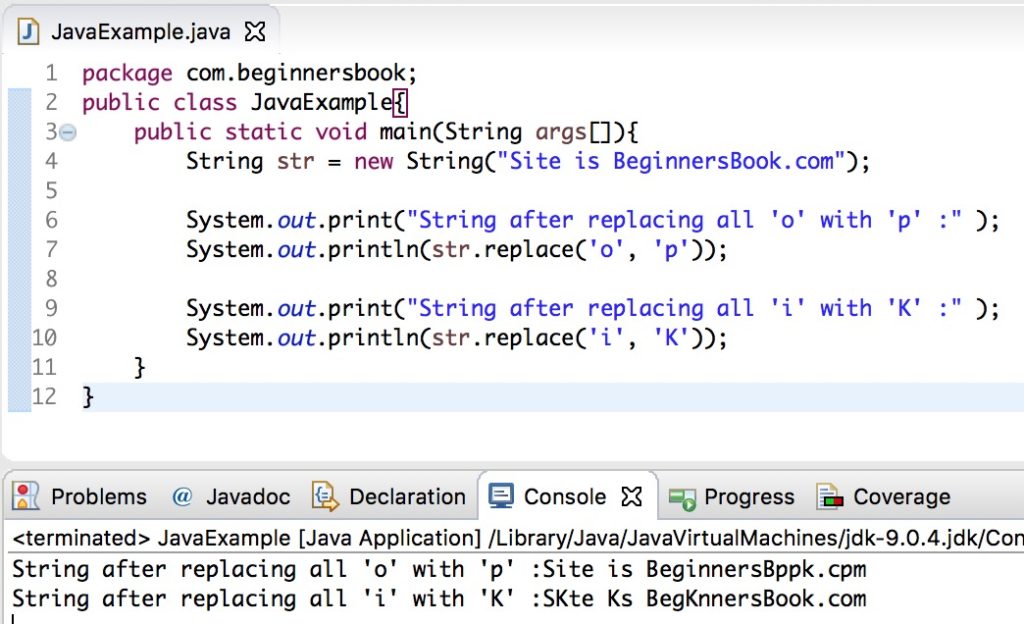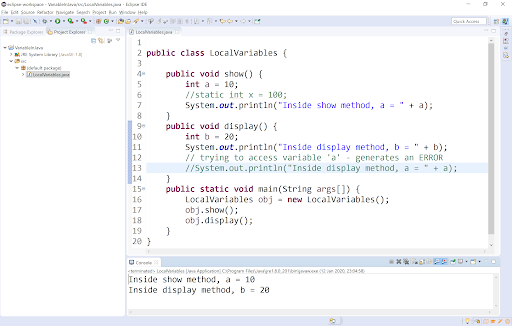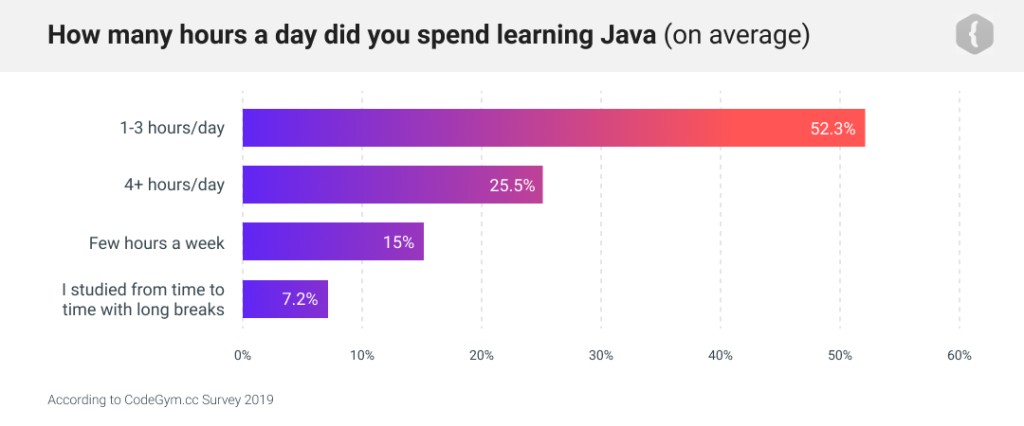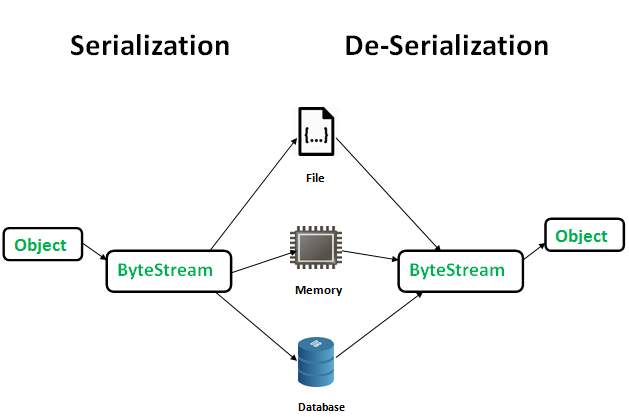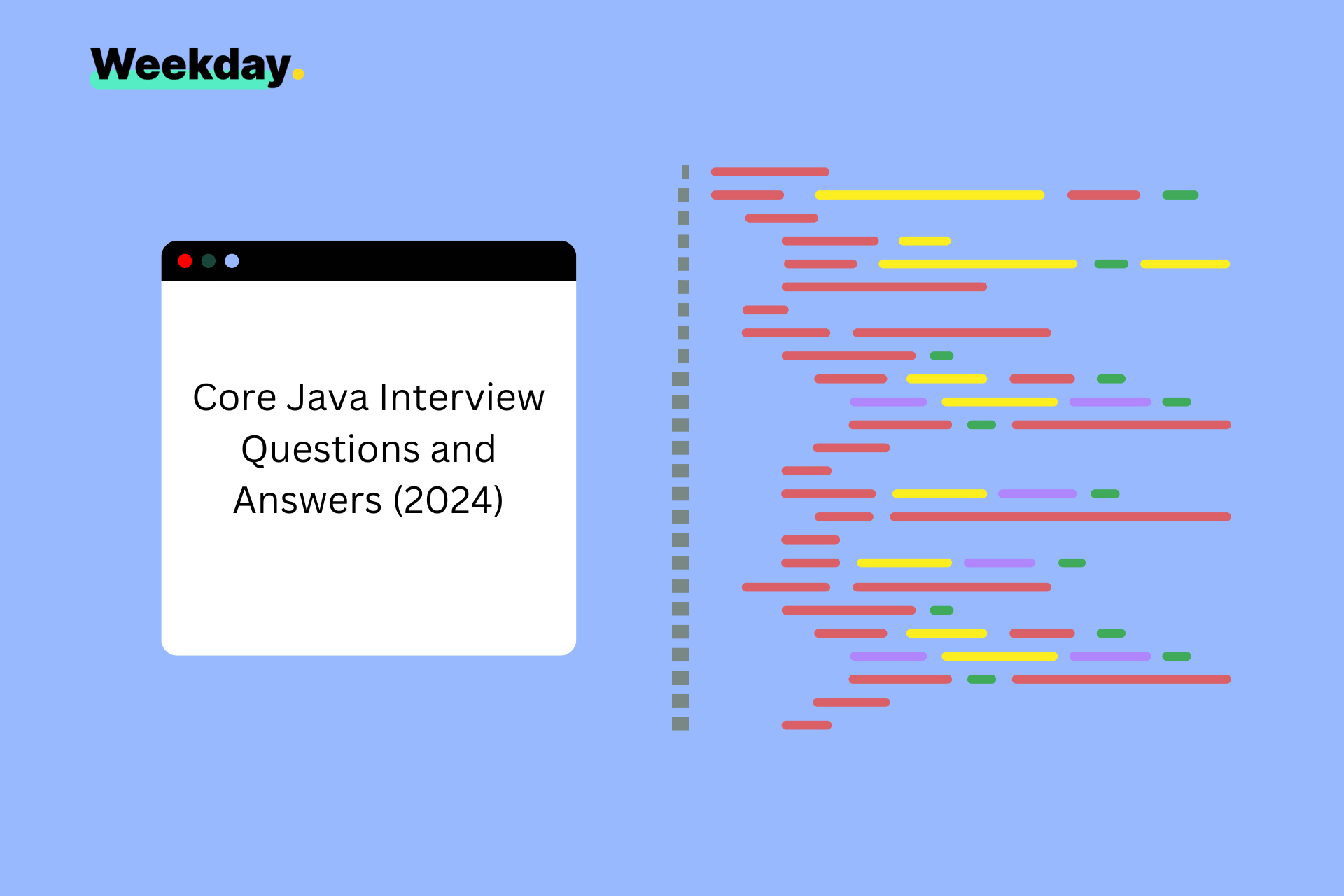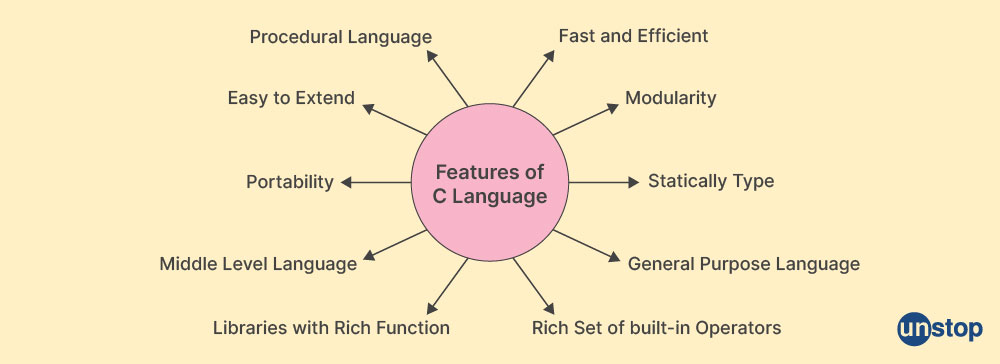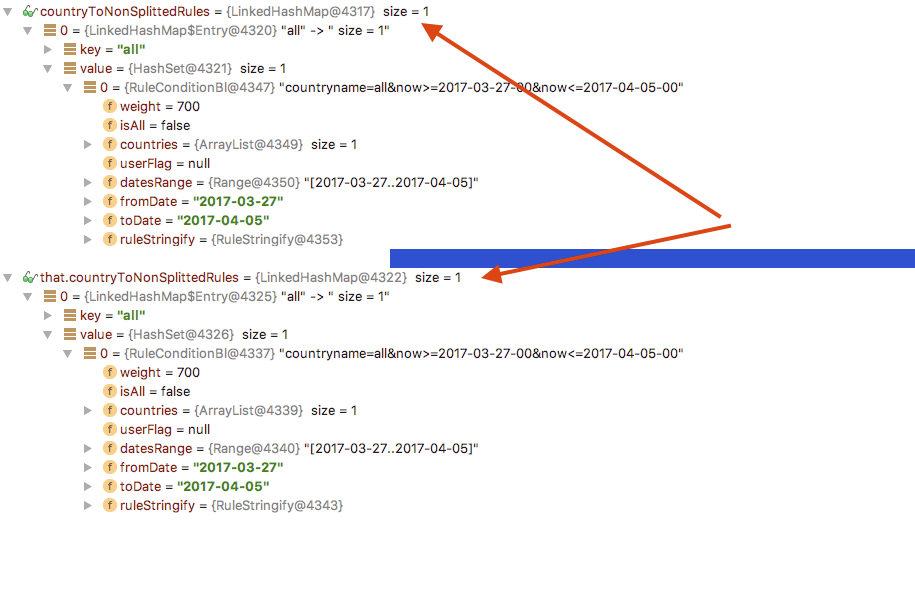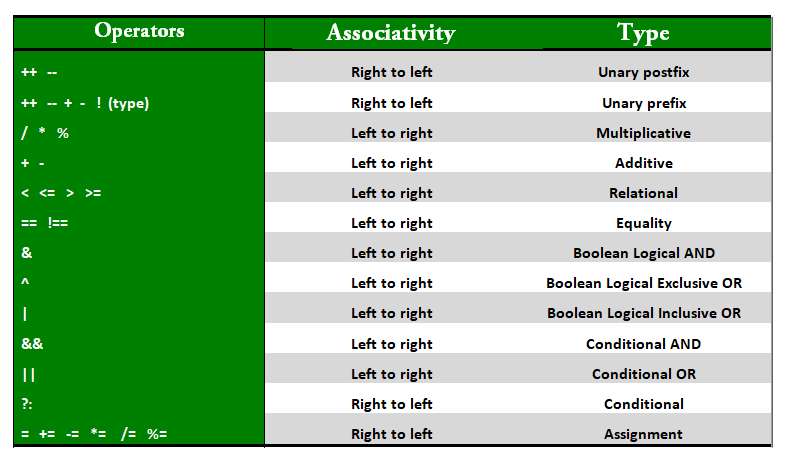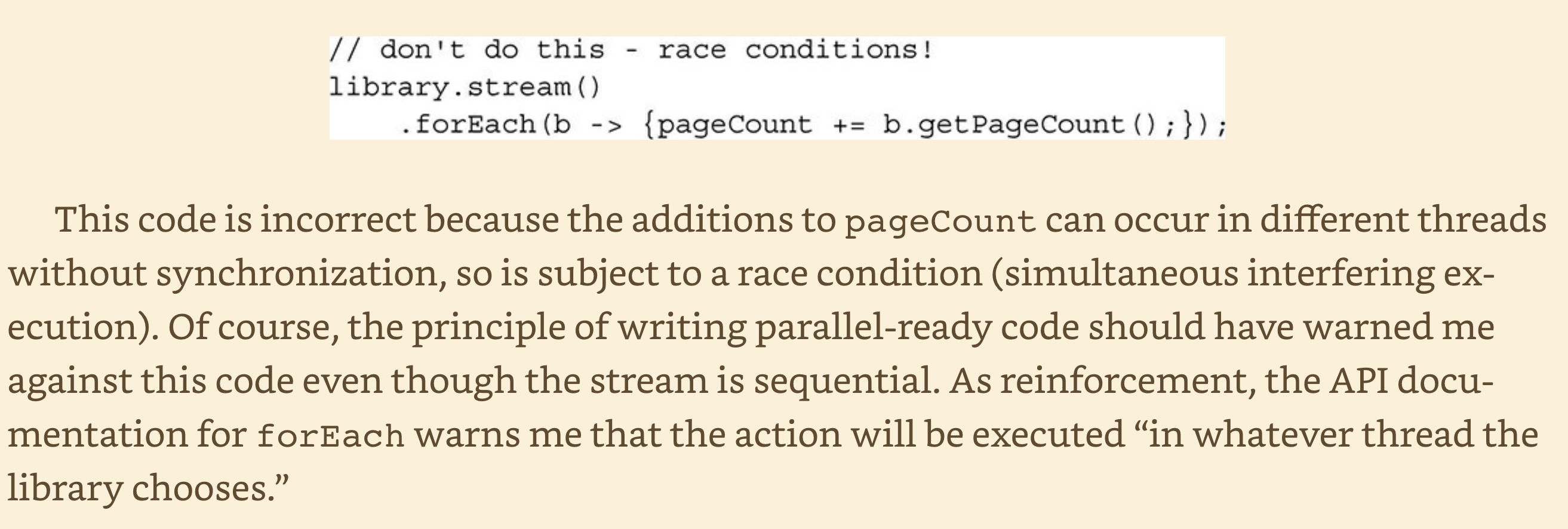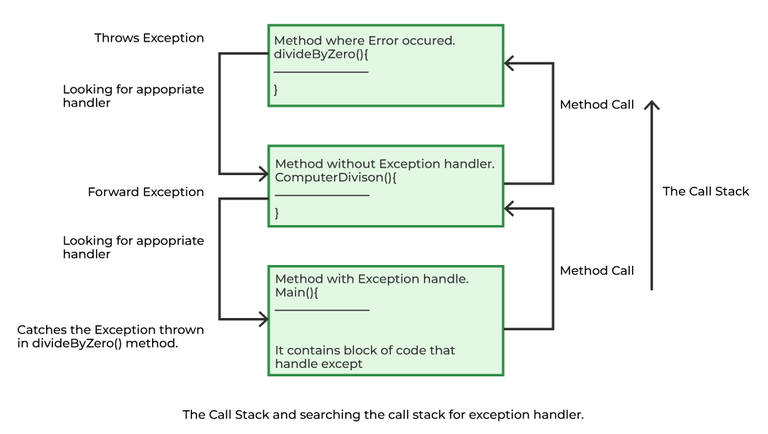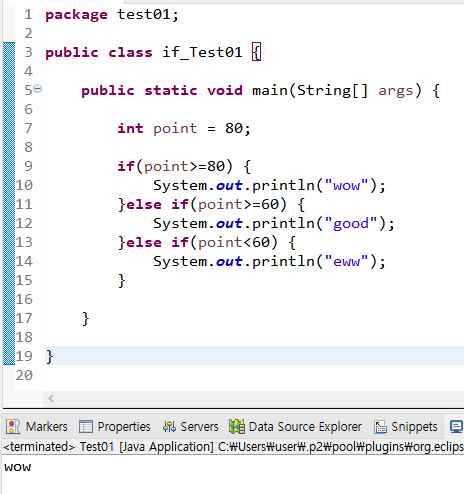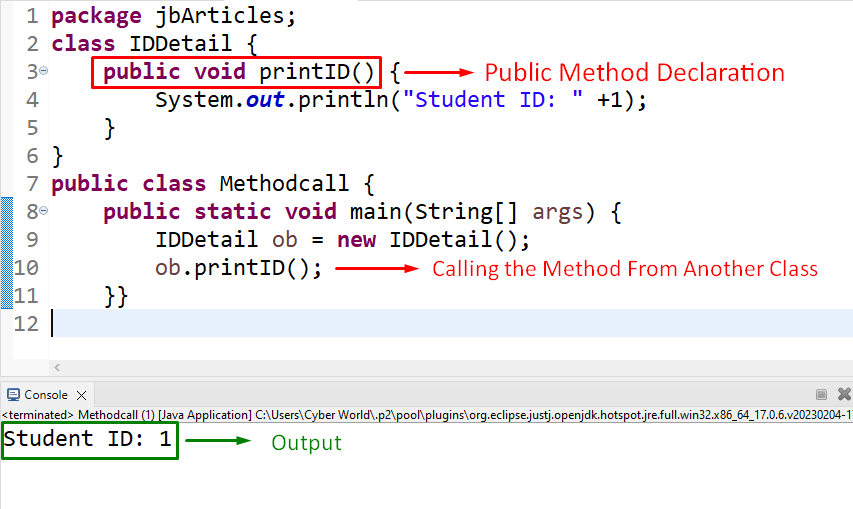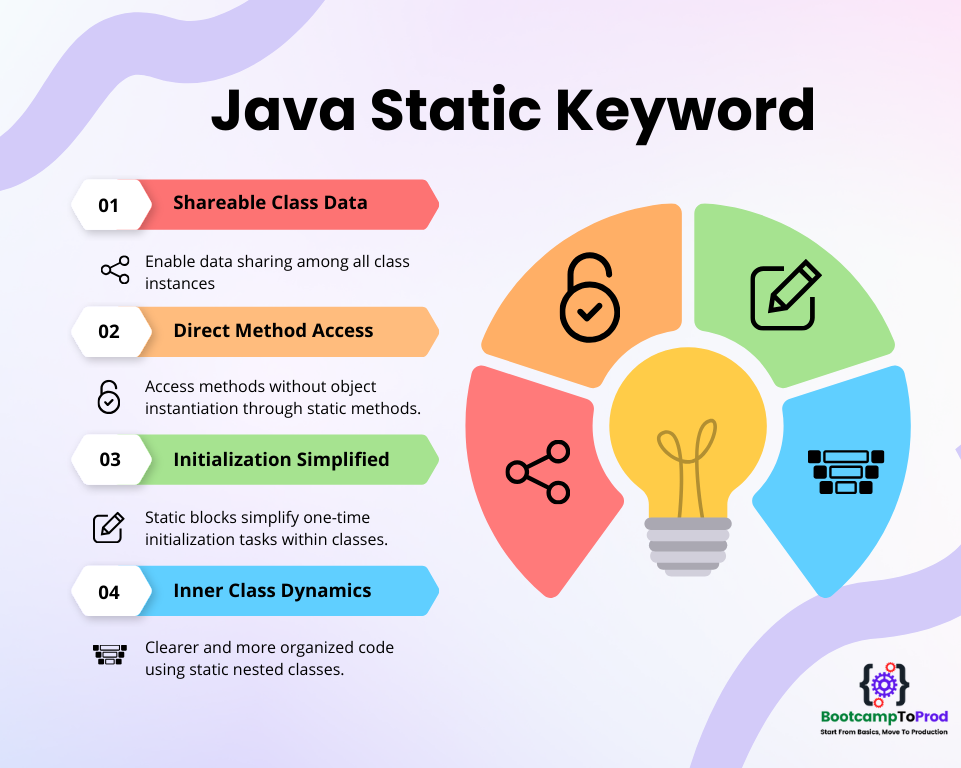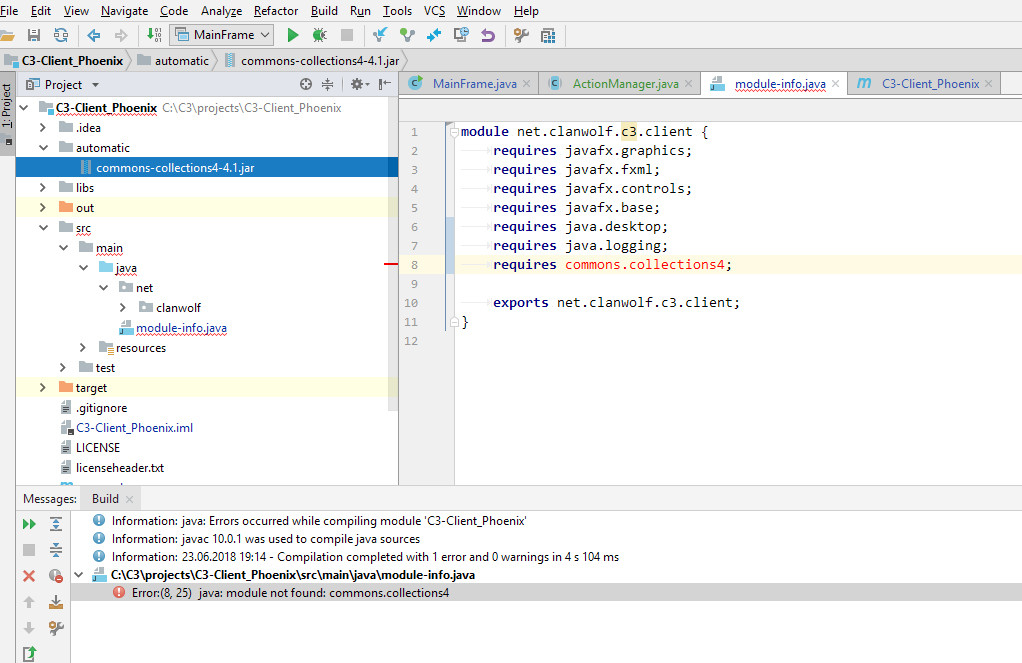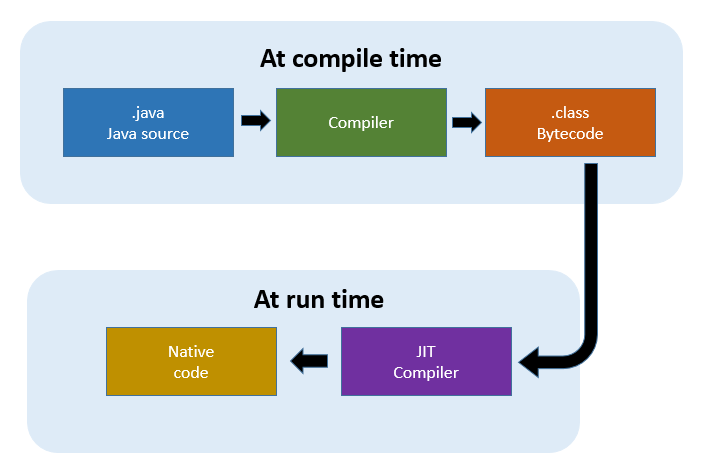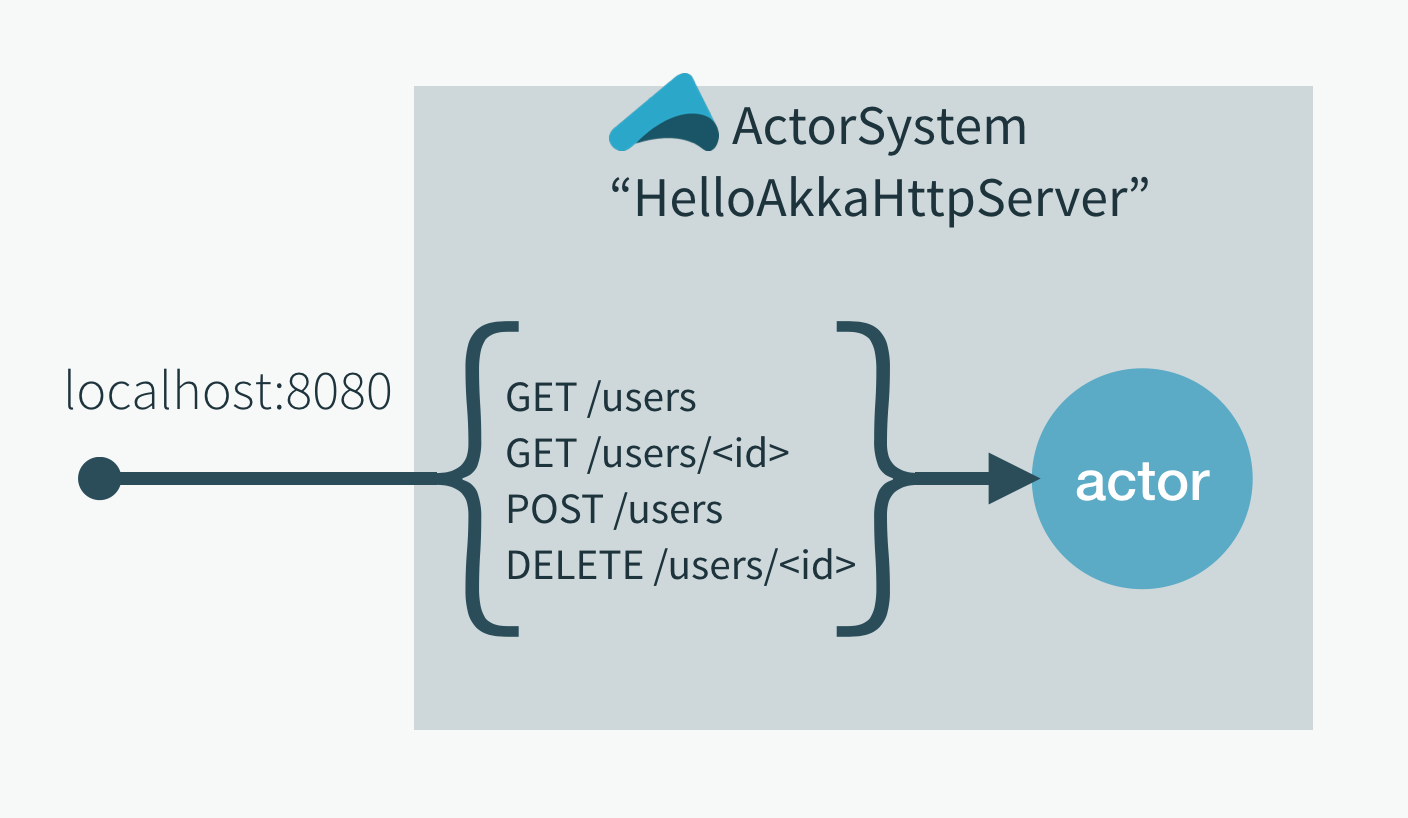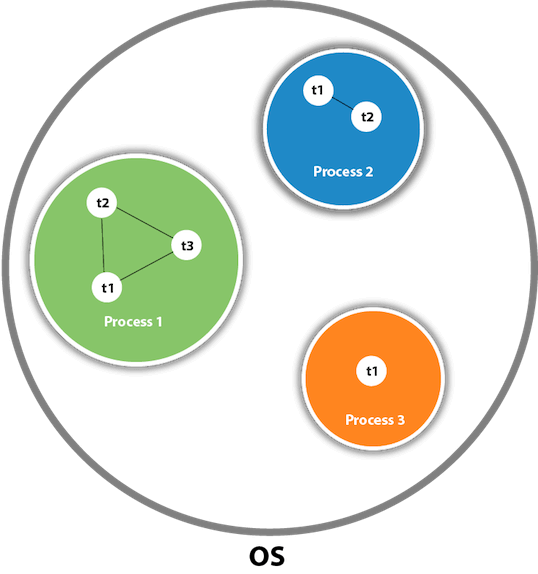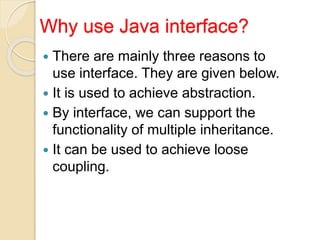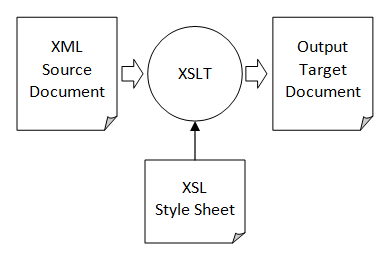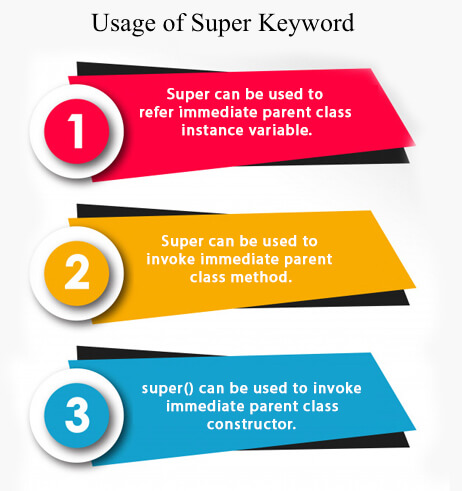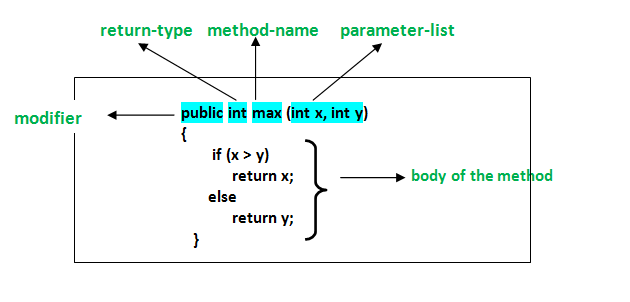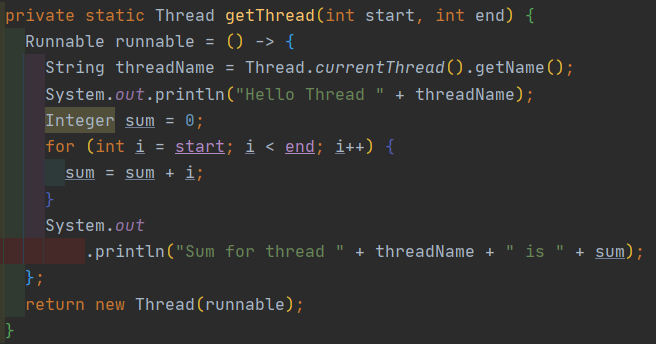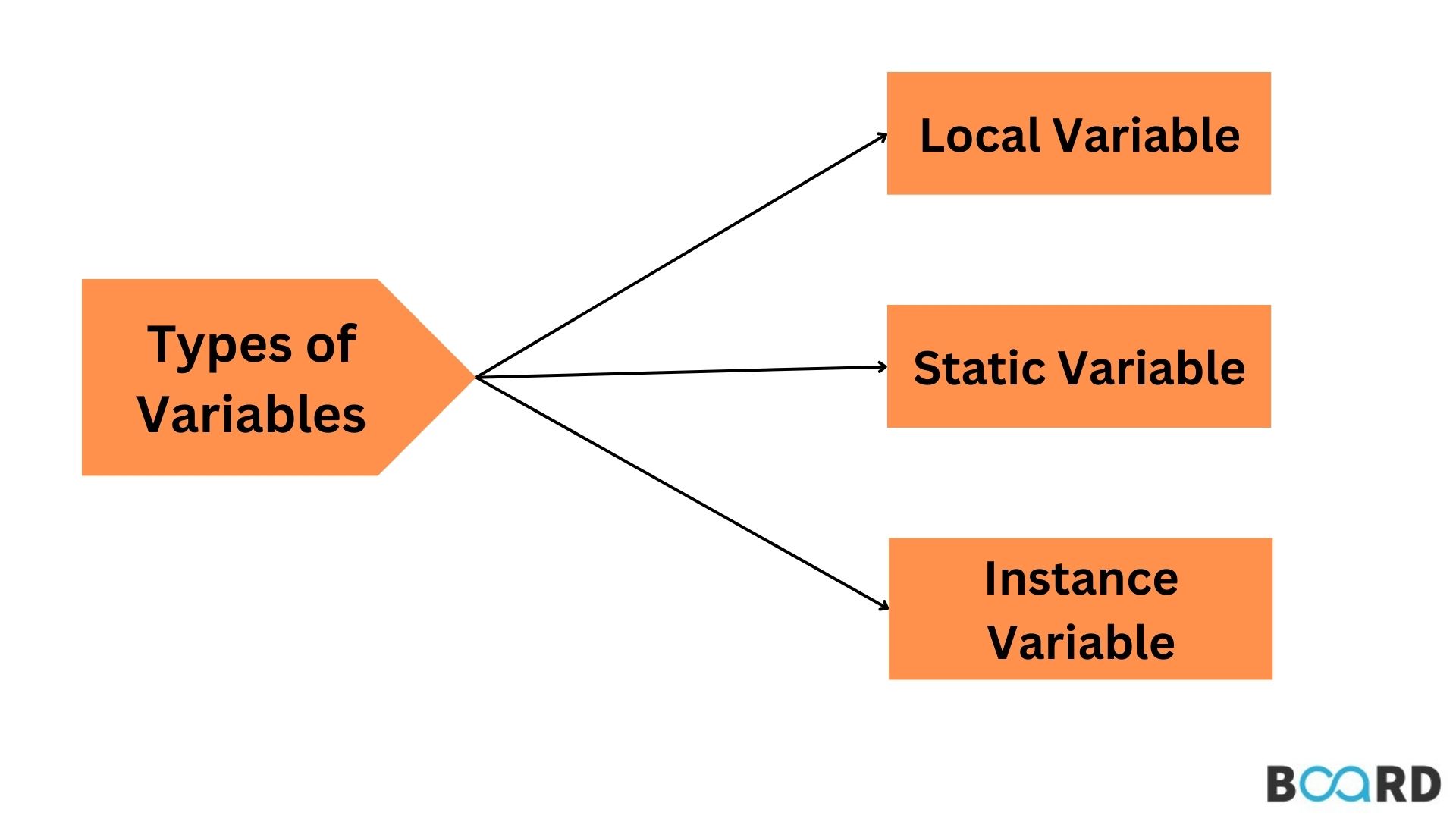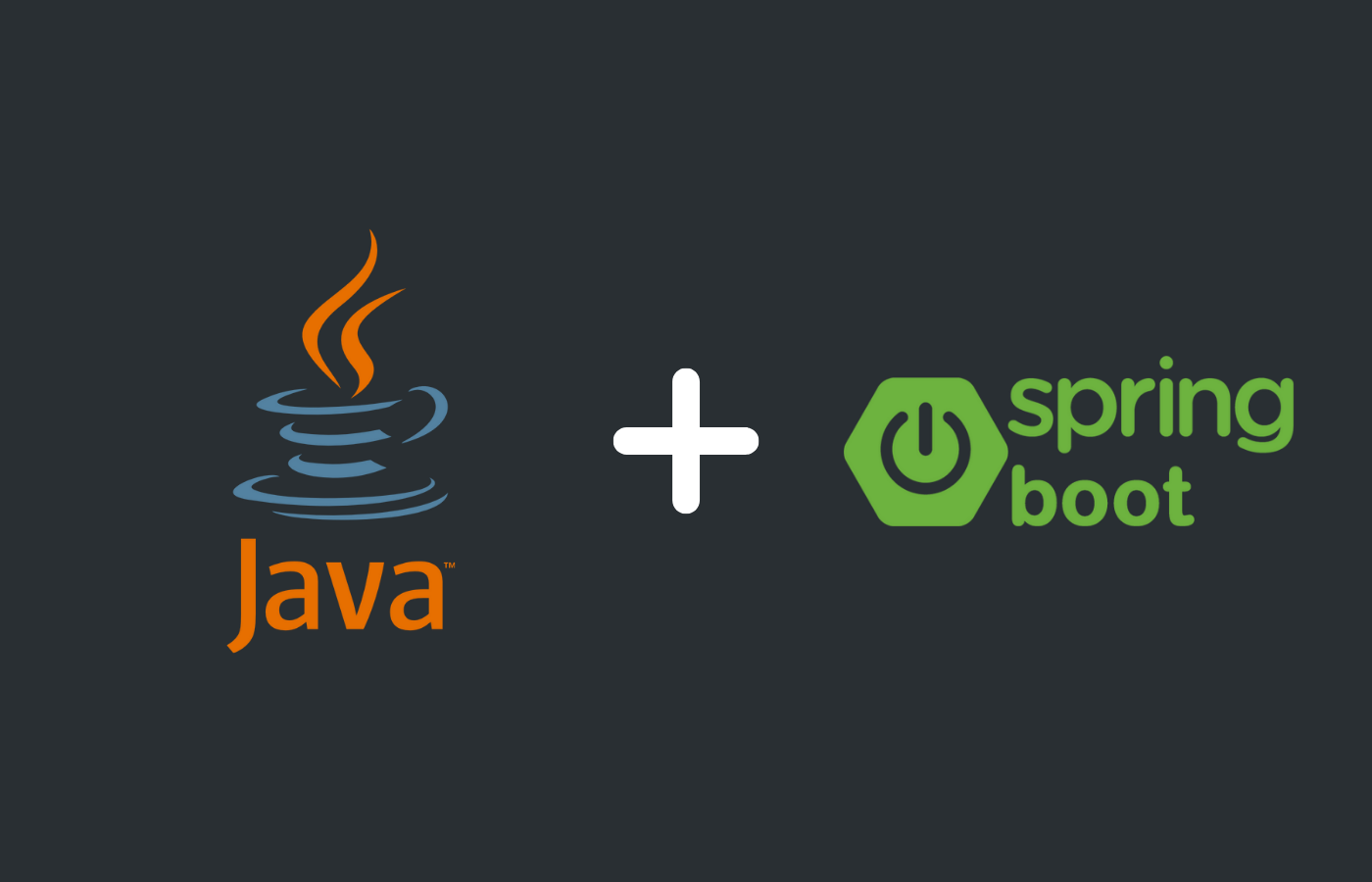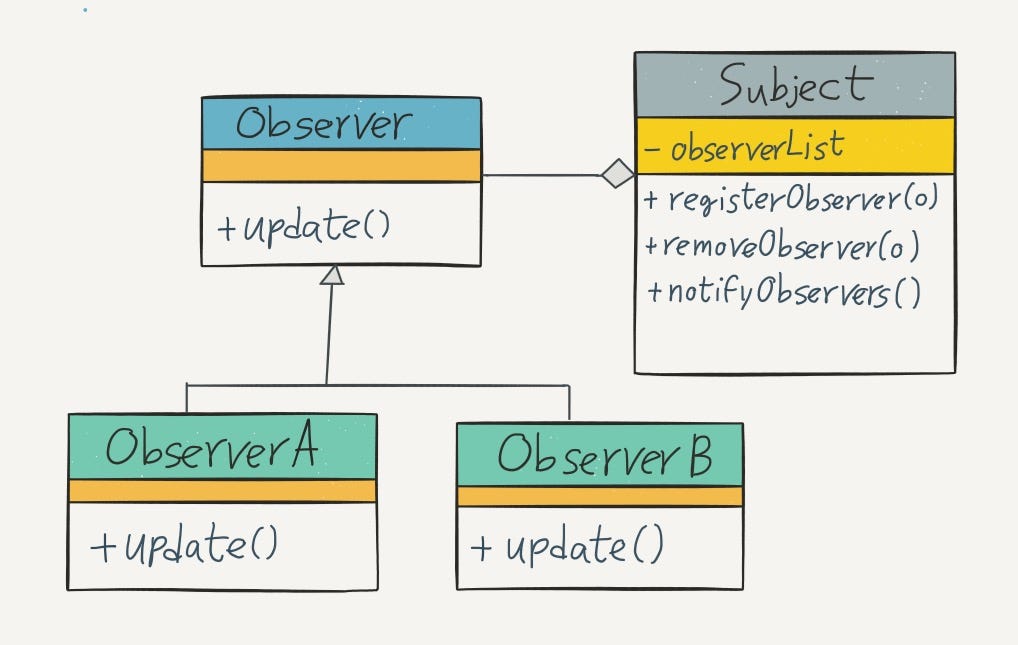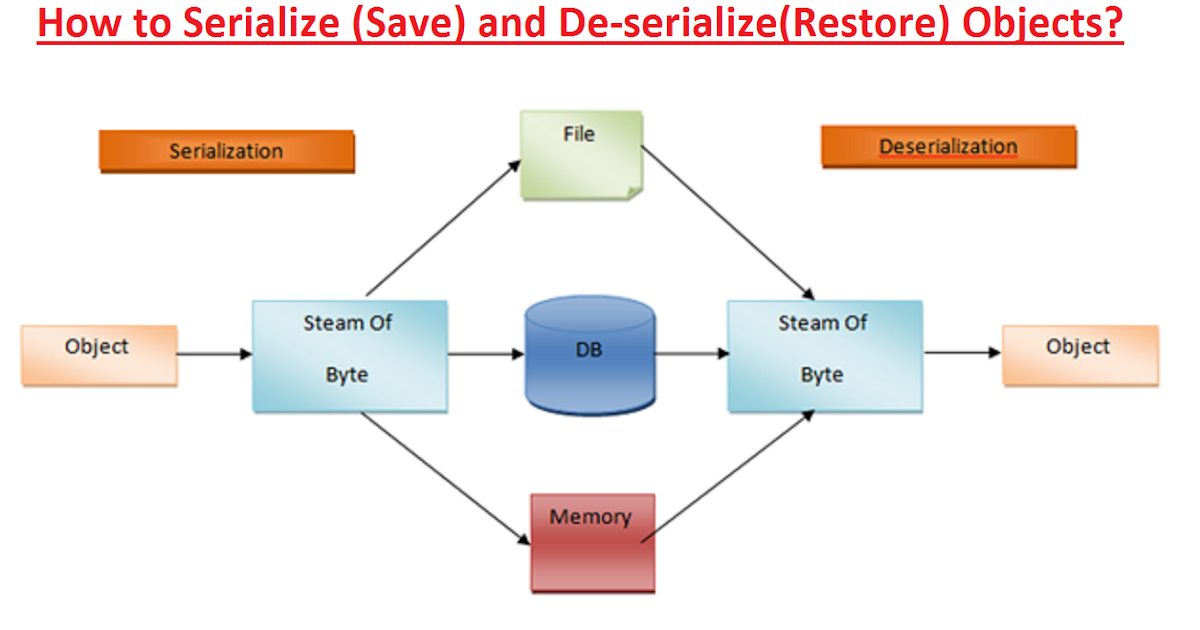Serialization in java example w3schools
Serialization in java example w3schools
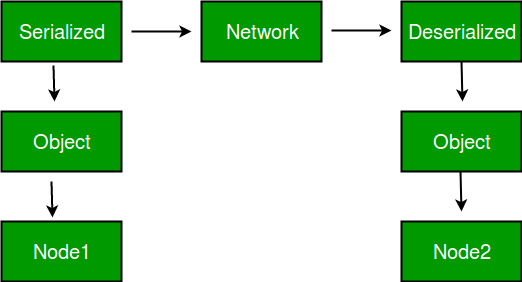
Here is an example of serialization and deserialization in Java using the w3schools website as a reference:
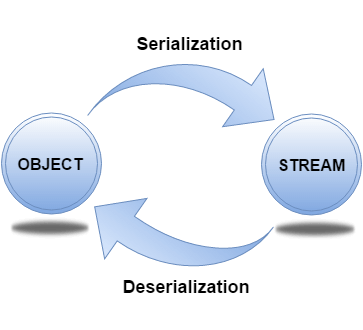
Serialization

Serialization is the process of converting an object's state into a byte stream that can be written to a file or database, or transmitted over a network. In Java, serialization is achieved through the use of the Serializable interface.
Let's create a simple example using a Person class:
import java.io.*;
public class Person implements Serializable {
private String name;
private int age;
public Person(String name, int age) {
this.name = name;
this.age = age;
}
public void setName(String name) {
this.name = name;
}
public void setAge(int age) {
this.age = age;
}
public String getName() {
return name;
}
public int getAge() {
return age;
}
}
To serialize the Person object, we need to create a FileOutputStream and write the object's state to the file using an ObjectOutputStream:
import java.io.*;
public class SerializationExample {
public static void main(String[] args) throws IOException {
// Create a Person object
Person person = new Person("John", 30);
// Create a FileOutputStream and ObjectOutputStream
FileOutputStream fos = new FileOutputStream("person.ser");
ObjectOutputStream oos = new ObjectOutputStream(fos);
// Serialize the Person object
oos.writeObject(person);
oos.close();
fos.close();
}
}
In this example, we create a Person object with name "John" and age 30. We then create a FileOutputStream and an ObjectOutputStream, and use the latter to serialize the Person object to the file.
Deserialization
Deserialization is the process of converting a byte stream back into an object's state. In Java, deserialization is achieved through the use of an ObjectInputStream.
Let's read the serialized data back into a new Person object:
import java.io.*;
public class SerializationExample {
public static void main(String[] args) throws IOException {
// Create a FileInputStream and ObjectInputStream
FileInputStream fis = new FileInputStream("person.ser");
ObjectInputStream ois = new ObjectInputStream(fis);
// Deserialize the Person object
Person person = (Person) ois.readObject();
ois.close();
fis.close();
System.out.println("Name: " + person.getName());
System.out.println("Age: " + person.getAge());
}
}
In this example, we create a FileInputStream and an ObjectInputStream, and use the latter to deserialize the data back into a new Person object. We can then access the deserialized object's state using its getter methods.
By using serialization and deserialization, you can easily convert Java objects to byte streams, which can be stored or transmitted in various formats, such as files, databases, or network packets.
This is an example of how serialization and deserialization work in Java. You can apply this concept to any object that implements the Serializable interface.
Note: The w3schools website provides a more comprehensive tutorial on serialization and deserialization in Java.
Serialization in Java Interview Questions
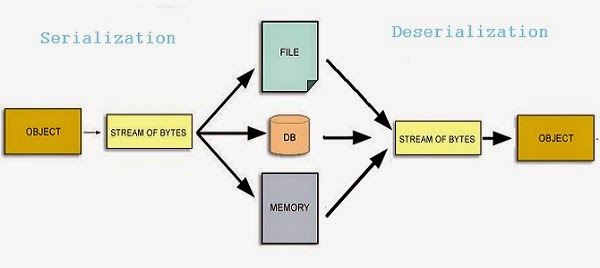
Here are some common serialization interview questions asked in Java:
What is the purpose of serialization in Java?Serialization is the process of converting an object's state into a byte stream, which can be written to a file or memory for later retrieval.
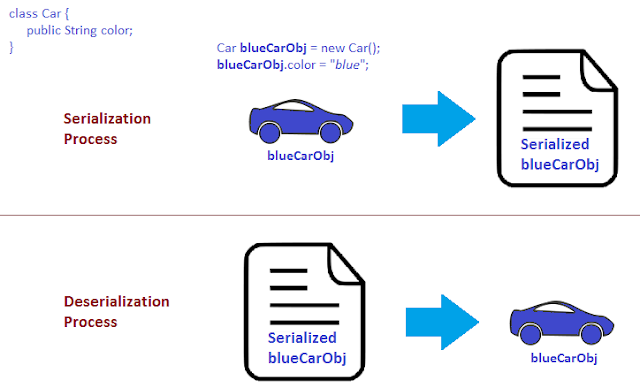
Java's built-in serialization mechanism does not preserve null values by default. You need to implement custom serialization logic to handle nulls.
What are the benefits of using Java's built-in serialization feature?The main advantages of using Java's built-in serialization feature include:
Convenience: Serialization is easy to use and requires minimal coding effort. Flexibility: Serialized objects can be stored in various formats, such as binary or XML. Scalability: Serialized objects are platform-independent, making them suitable for distributed systems.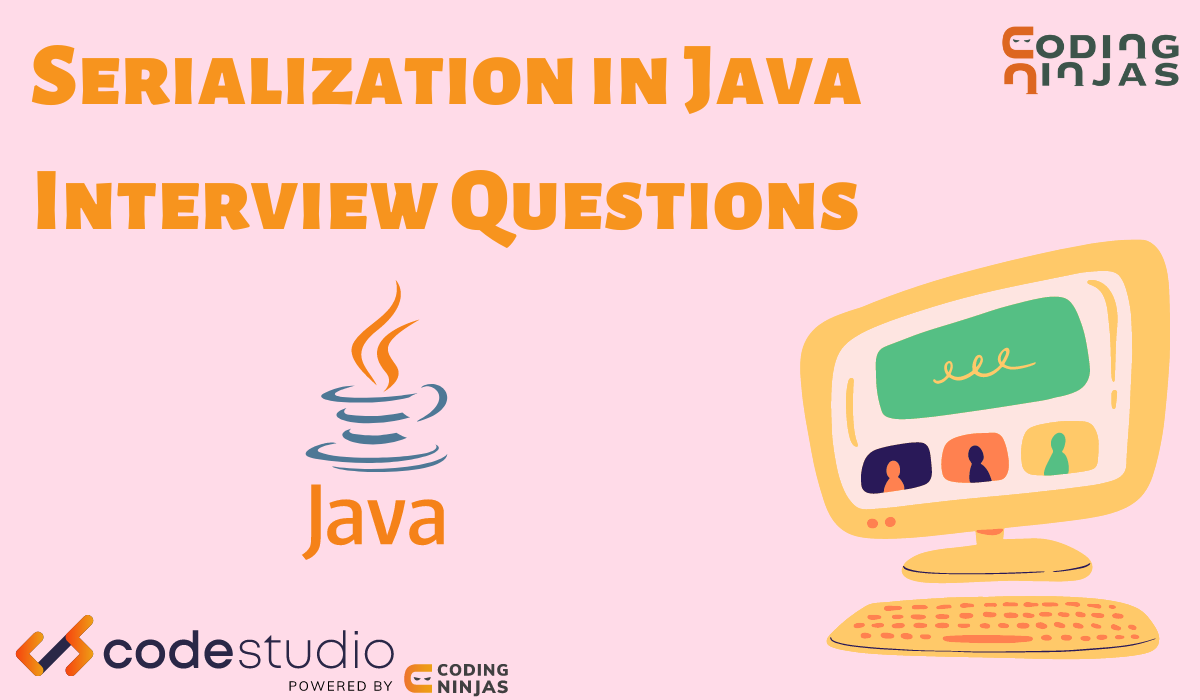
To implement custom serialization, you need to:
Implement theSerializable interface in your class. Override the writeObject() and/or readObject() methods as needed to customize the serialization process. Define a serialVersionUID (if necessary) to identify the version of your class. What is the difference between transient fields and non-transient fields during serialization?
Transient fields are not serialized by default, whereas non-transient fields (i.e., those declared without the transient keyword) are always included in the serialized form.
To resolve circular references during serialization, use a HashMap to keep track of already-serialized objects and prevent infinite loops.
A serialVersionUID helps identify different versions of your class that may have been serialized with different formats. This ensures that deserialization can correctly reconstruct the original object state.
How do you optimize performance when serializing large objects in Java?To improve performance, consider:
Using a streaming approach instead of storing the entire object in memory. Optimizing the serialization process using customwriteObject() and/or readObject() methods. Minimizing the number of serialized fields by implementing lazy loading or caching. What are some common pitfalls to avoid when using Java's built-in serialization?
Pitfalls to watch out for include:
Not handling null values correctly. Ignoring or not customizing the default serialization process. Failing to ensure serialVersionUID consistency across class versions. How do you handle exceptions during Java object deserialization?To handle exceptions during deserialization, use a try-catch block and catch specific exception types (e.g., IOException, InvalidClassException). Re-throw or log the exception as needed to provide meaningful error handling.
These questions should give you a good starting point for preparing for Java serialization interviews. Good luck!
